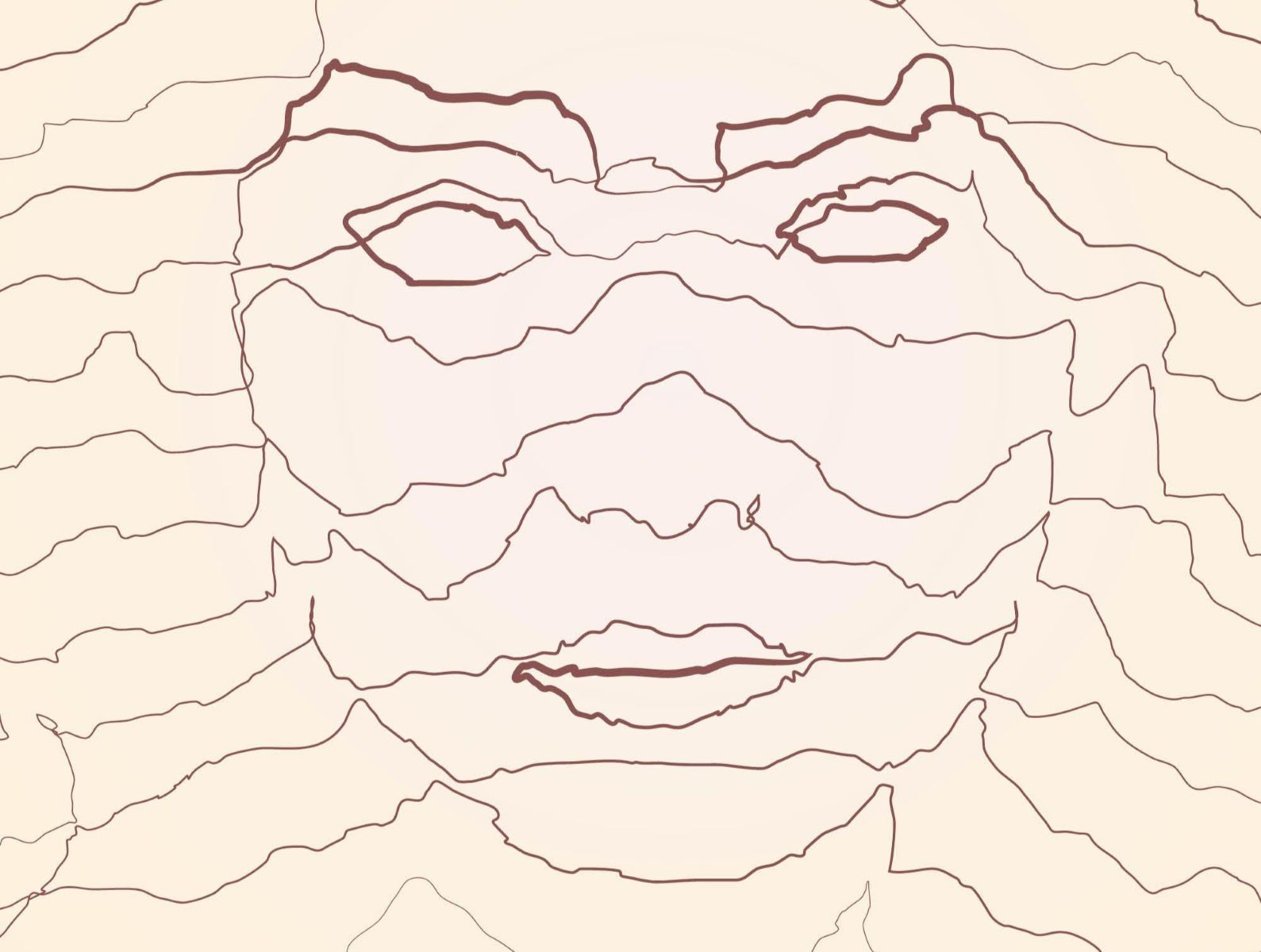
Facial Dysmorphism Shawl Scrotum Joint Laxity might sound like a mouthful, but it's a rare genetic condition that affects multiple parts of the body. Ever wondered what makes this condition unique? Facial dysmorphism refers to distinct facial features that differ from the norm. Shawl scrotum describes a specific scrotal shape, while joint laxity means unusually flexible joints. These characteristics can impact daily life in various ways. Understanding this condition can help in recognizing symptoms early and seeking appropriate care. Ready to learn more? Here are 30 intriguing facts about this rare condition that will shed light on its complexities and how it affects those who have it.
Key Takeaways:
- Facial Dysmorphism Shawl Scrotum Joint Laxity is a rare genetic disorder with distinct physical features and health complications. It affects development, but treatments like therapy and support systems can help manage symptoms.
- Genetic testing, physical exams, and developmental assessments are crucial for diagnosing Facial Dysmorphism Shawl Scrotum Joint Laxity. While there is no cure, treatments like physical therapy and speech therapy can improve the quality of life.
Understanding Facial Dysmorphism Shawl Scrotum Joint Laxity
Facial Dysmorphism Shawl Scrotum Joint Laxity is a rare genetic disorder. It affects multiple parts of the body, leading to distinct physical features and health issues. Here are some intriguing facts about this condition.
Genetic Basis
The genetic roots of this disorder are complex. Here are some key points about its genetic background.
- Chromosomal Anomaly: This disorder often results from a chromosomal anomaly, specifically involving the X chromosome.
- Inheritance Pattern: It is typically inherited in an X-linked recessive manner, meaning it mostly affects males.
- Gene Mutation: Mutations in the MED12 gene are commonly associated with this condition.
Physical Characteristics
Individuals with this disorder exhibit unique physical traits. These characteristics can help in diagnosing the condition.
- Facial Dysmorphism: Distinct facial features include a broad forehead, widely spaced eyes, and a flat nasal bridge.
- Shawl Scrotum: The scrotum appears to wrap around the penis, resembling a shawl.
- Joint Laxity: Loose joints are common, leading to hypermobility and potential joint dislocations.
Developmental Impact
The disorder can affect development in various ways. Here are some developmental aspects to consider.
- Delayed Milestones: Children may experience delays in reaching developmental milestones like walking and talking.
- Intellectual Disability: Mild to moderate intellectual disability is often observed.
- Speech Issues: Speech development can be significantly delayed or impaired.
Health Complications
Several health complications are associated with this disorder. Awareness of these can aid in better management.
- Heart Defects: Congenital heart defects, such as ventricular septal defects, are common.
- Hearing Loss: Sensorineural hearing loss may occur, requiring early intervention.
- Vision Problems: Strabismus and other vision issues are frequently reported.
Diagnosis and Testing
Diagnosing this disorder involves various tests and evaluations. Here are some methods used.
- Genetic Testing: DNA analysis can identify mutations in the MED12 gene.
- Physical Examination: A thorough physical exam can reveal characteristic features.
- Developmental Assessment: Evaluations by specialists can assess developmental delays.
Treatment and Management
While there is no cure, several treatments can help manage symptoms. Here are some common approaches.
- Physical Therapy: Helps improve joint stability and mobility.
- Speech Therapy: Assists in developing communication skills.
- Special Education: Tailored educational programs support learning.
Support and Resources
Support systems are crucial for families dealing with this disorder. Here are some resources available.
- Genetic Counseling: Provides information and support to affected families.
- Support Groups: Connecting with other families can offer emotional support.
- Medical Specialists: Regular consultations with a team of specialists are essential.
Research and Advances
Ongoing research aims to better understand and treat this disorder. Here are some recent advancements.
- Gene Therapy: Experimental treatments are exploring the potential of gene therapy.
- Clinical Trials: Participation in clinical trials can provide access to new treatments.
- Biomarker Studies: Research is identifying biomarkers for earlier diagnosis.
Living with the Disorder
Living with this condition presents unique challenges. Here are some tips for daily life.
- Routine Care: Regular medical check-ups are vital.
- Adaptive Equipment: Tools like braces can aid mobility.
- Nutritional Support: A balanced diet supports overall health.
Raising Awareness
Raising awareness can lead to better support and resources. Here are some ways to spread the word.
- Advocacy Groups: Joining advocacy groups can amplify your voice.
- Social Media: Sharing stories on social media can educate others.
- Community Events: Participating in events can foster community support.
Final Thoughts on Facial Dysmorphism Shawl Scrotum Joint Laxity
Facial Dysmorphism Shawl Scrotum Joint Laxity is a rare genetic condition that affects various parts of the body. Understanding its symptoms, causes, and treatments can help those affected manage their condition better. Early diagnosis and intervention are crucial for improving quality of life. Genetic counseling can provide valuable insights for families dealing with this condition. While research is ongoing, current treatments focus on managing symptoms and improving daily functioning. Awareness and education about this condition can lead to better support and resources for affected individuals and their families. By staying informed and proactive, those impacted by Facial Dysmorphism Shawl Scrotum Joint Laxity can navigate their challenges more effectively.
Frequently Asked Questions
Was this page helpful?
Our commitment to delivering trustworthy and engaging content is at the heart of what we do. Each fact on our site is contributed by real users like you, bringing a wealth of diverse insights and information. To ensure the highest standards of accuracy and reliability, our dedicated editors meticulously review each submission. This process guarantees that the facts we share are not only fascinating but also credible. Trust in our commitment to quality and authenticity as you explore and learn with us.
